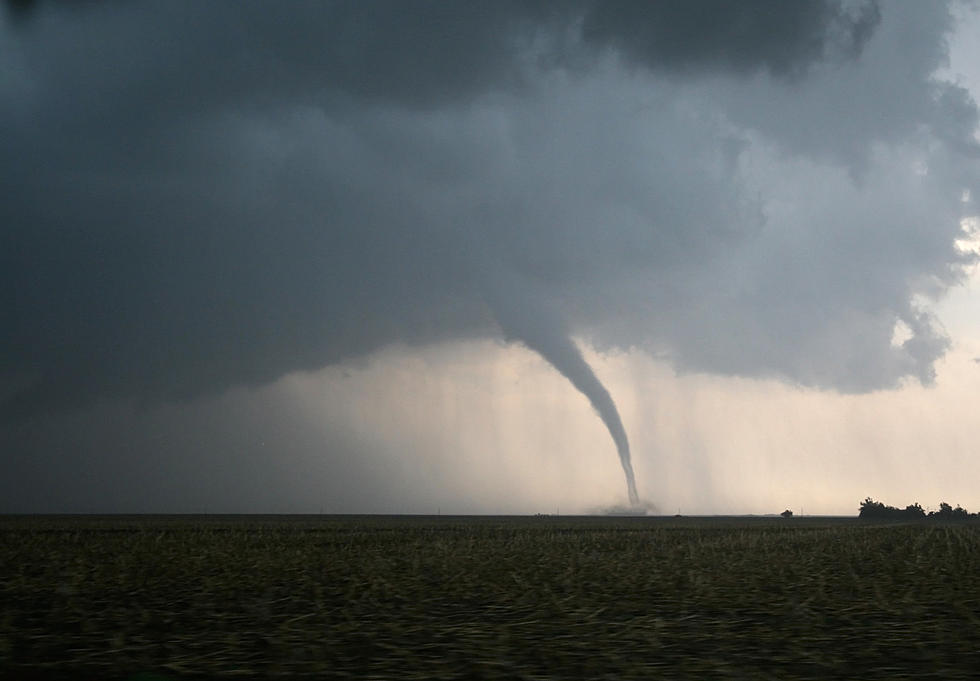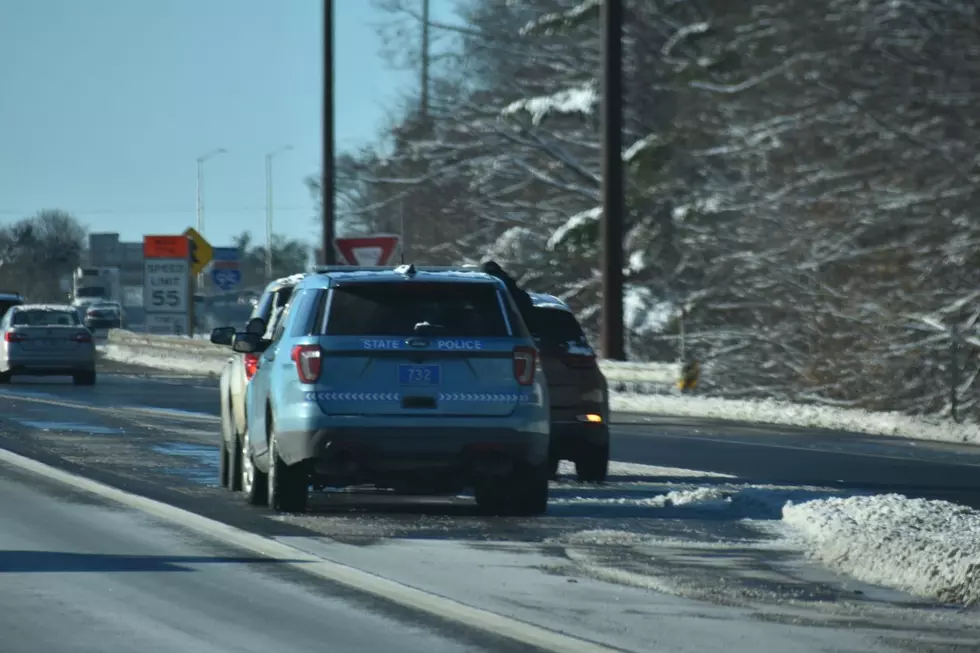
The First-Ever Recorded Tornado in the US Was Shockingly in New England
Tornadoes are truly nature's most violent storms.
I grew up absolutely terrified of tornadoes hitting my house (which I still believe is a fear from some before the life I lived). So it's only fitting that the first-ever reported tornado was just a few states away up in New England from my hometown in New Jersey.
Where was the first tornado to ever be reported in the United States?
Turns out, Lynn, Newbury, and Hampton, Massachusetts, hold the trophy, according to the National Oceanic and Atmospheric Administration.
Not me getting historical on you, but NOAA said that back in 1643, Massachusetts Governor Jon Winthrop (why does his name even sound like a serious meteorologist?) reported something unusually windy that became destructive to his surroundings.
NOAA stated that Jon Winthrop "observed a sudden gust that whipped up dust, lifted his meeting house, and killed a nearby observer with a fallen tree."
Congratulations, Jon, you discovered one of the most feared storms by humans, now called a tornado.
According to NOAA, after multiple deaths from these storms back in the 1800s, the U.S. Army Signal Corps Sergeant John P. Finley was placed in charge of the investigation of tornadoes and the development of forecasting methods.
Over the years, the ability to forecast tornadoes has only gotten better and more advanced. Technology certainly helps.
But it's certainly a surprise that the first recorded instance would be in New England, right? Usually, when we think of tornadoes, we think of them being more out west.
USA Facts reports that in 2022, the states with the most tornadoes were Mississippi, Alabama, and Texas. As for New England, yeah, the number is pretty low based on the report.
So while we tend not to have the most, thankfully, we do at least get the cred of being the first to officially report it. Did you know that?
LOOK: The most expensive weather and climate disasters in recent decades
Gallery Credit: KATELYN LEBOFF
More From Q97.9









